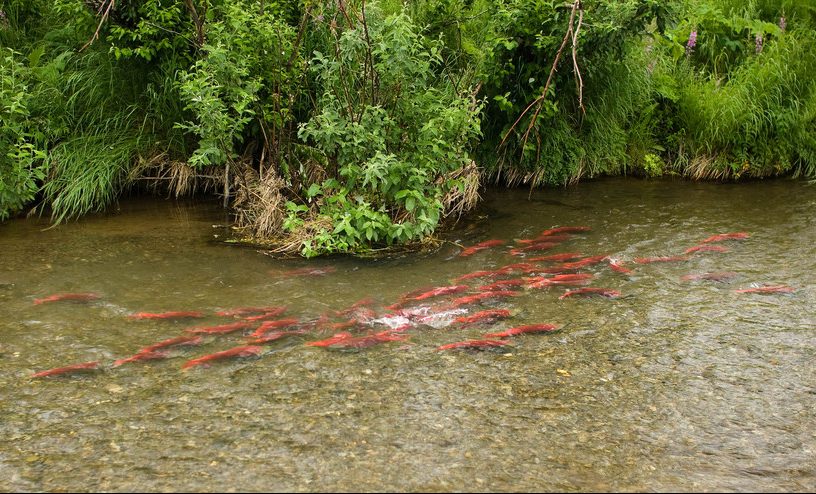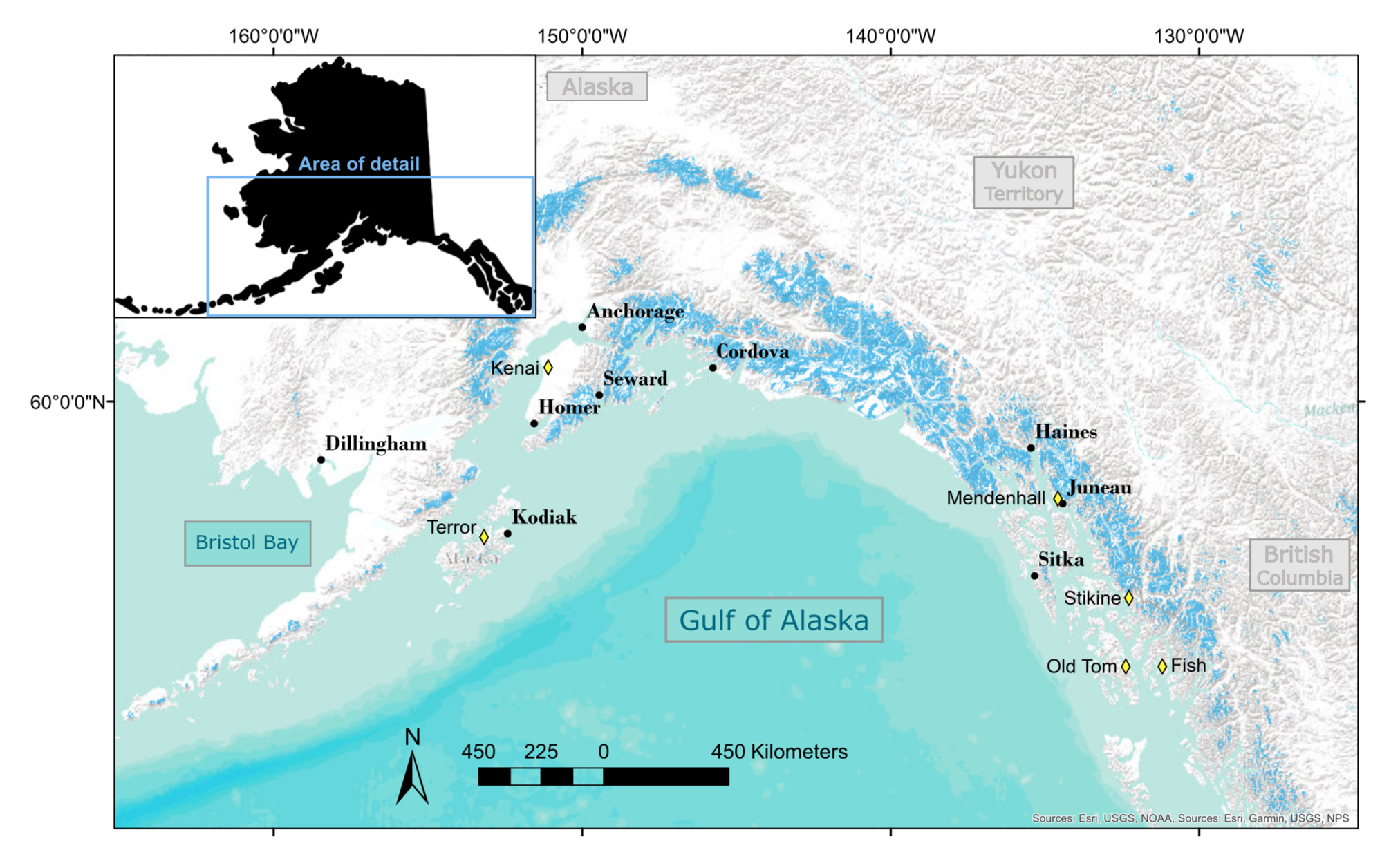New tools track freshwater fish in changing climate
June 25, 2020
Alice Bailey
907-474-5350

Three new research tools will help scientists and the public better understand the effects of climate change on freshwater fish.
A stream classification tool, a searchable database of research papers, and a salmon life cycle model, funded by agencies and public dollars, will all be accessible online.
“Freshwater aquatic ecosystem data are relatively scarce in Alaska compared to the Lower 48, and these systems are rapidly changing,” said Jeff Falke, an associate professor of fisheries at the University of Alaska Fairbanks College of Fisheries and Ocean Sciences who helped develop the resources. Falke is a research fisheries biologist with the U.S. Geological Survey and unit leader of the Alaska Cooperative Fish and Wildlife Research Unit.
As extreme events like droughts and flooding occur more frequently, fish in freshwater systems are vulnerable because they may not be able to relocate if environmental conditions become unfavorable.
To better assess changes in streamflow on local and regional levels, UAF Ph.D. student Chris Sergeant and collaborators used 35 years of modeled runoff data to categorize more than 4,000 freshwater rivers and streams that flow into the Gulf of Alaska.
Streamflow is a critical factor for the survival of salmon and other fish. Water volume and the timing of high and low water levels affects water temperature, nutrient availability, fish and wildlife populations, and even insects and algae at the base of the food web.
The streamflow classification tool is available to the public on the web as the Hydrologic Classification of Gulf of Alaska Watersheds. A paper by Sergeant, Falke and others, published in the journal Water Resources Research, describes the study. Alaska Sea Grant is supporting this project as well as the life-cycle model.

Another tool in the new toolkit is a database of scientific literature on the documented and projected effects of climate change on freshwater fish species. The Fish and Climate Change Database, or FiCli, was developed by Falke and other researchers from the United States and Canada.
The journal Scientific Data published a description of the tool, which was funded by the U.S. Geological Survey Climate Adaptation Science Center.
Researchers reviewed thousands of scientific papers about the documented and projected effects of climate change on freshwater fish species. Ultimately, they saved a database of 232 of the most important papers, and will continue to add more.
Falke and Sergeant are also working with the U.S. Forest Service to develop a model to help predict how salmon populations may fare as freshwater ecosystems change. The model will be available online within the next year.
“Resource managers and the public can use tools such as these three we’ve developed to provide support for decision-making in the face of uncertainty,” said Falke.
ADDITIONAL CONTACTS: Jeff Falke, jfalke4@alaska.edu; Chris Sergeant, csergeant@alaska.edu
ON THE WEB: A longer version of the story can be found here: http://web.cfos.uaf.edu/wordpress/news/?p=4515


